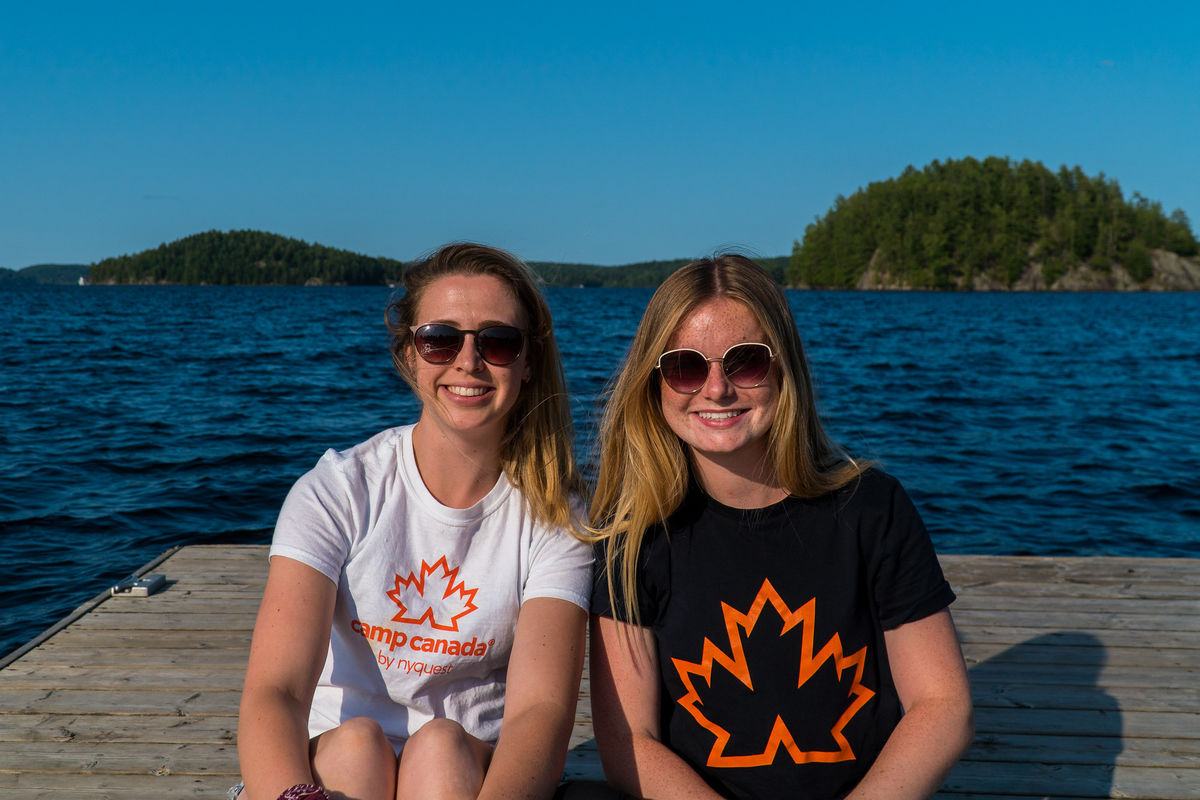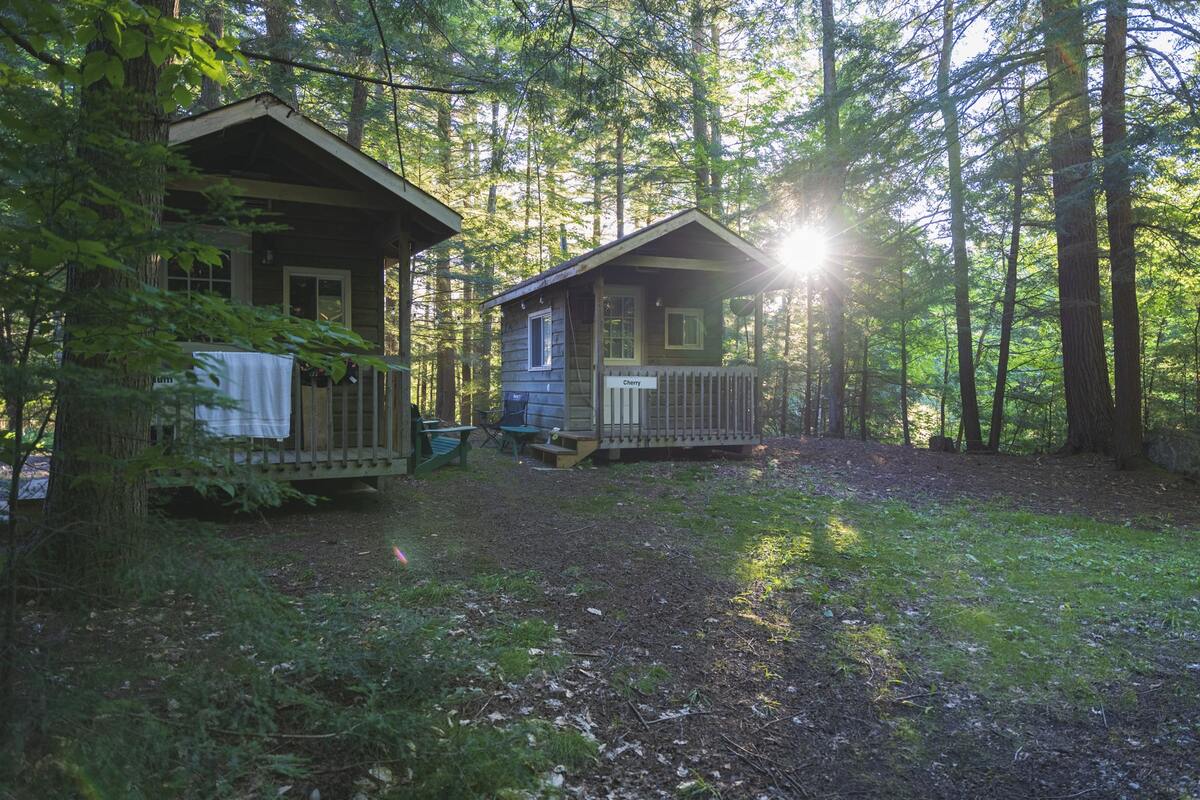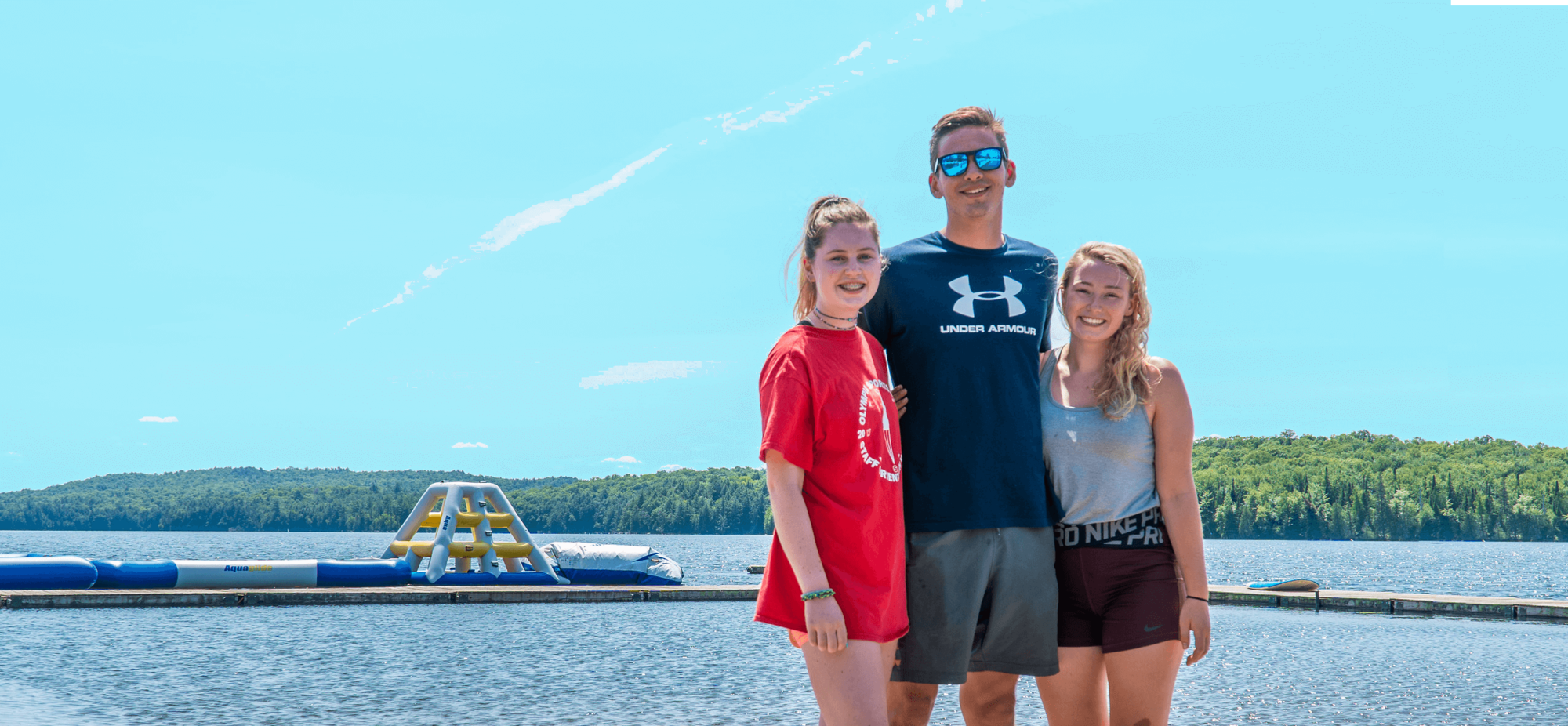13 Iconic Canadian animals you can't miss on your trip to Canada
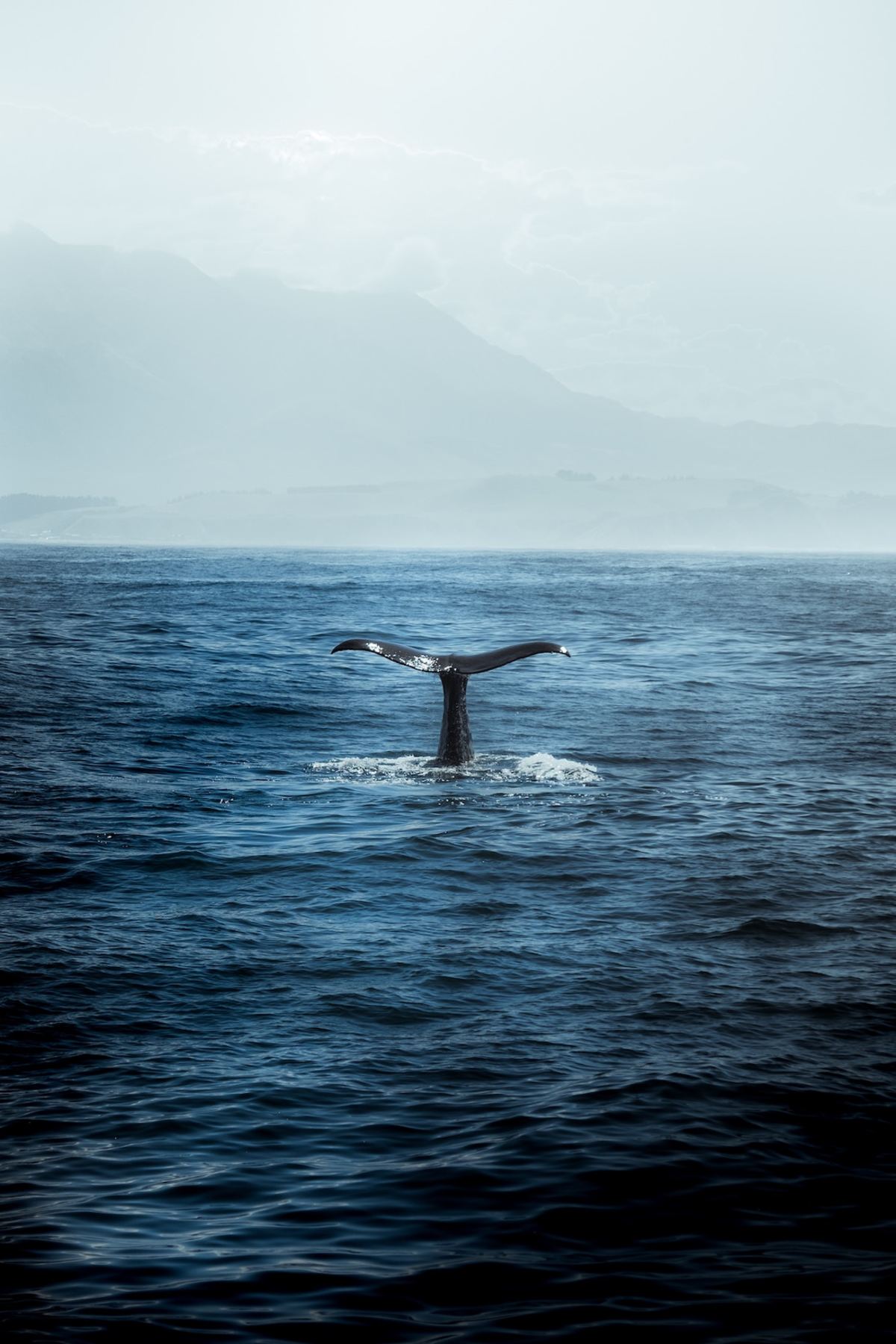
Canada is a vast and beautiful country, full of incredible wildlife. From the majestic polar bears of Manitoba to the grizzly bears of Banff, there are many iconic Canadian animals that you might encounter on your trip to Canada. Whether you're exploring and hiking through the mountains on your days off, or going on a whale watching excursion after camp, keep your eyes peeled for these unforgettable animals.
Here are 13 Iconic Canadian animals you can't miss on your trip to Canada.
1. Bison
Never judge a book by it's cover. Though bison may look bulky, they're surprisingly fast and agile. You can find them usually in Northwestern Canada, enjoying a diet of berries and grass.
Sadly, European settlers in the 1800s contributed to a dramatic decline in bison populations through commercial hunting and habitat loss. From a near-extinction point of fewer than 1,000, conservation efforts have helped bison numbers rebound. Today, estimates suggest there are around 2,200 Plains Bison and 11,000 Wood Bison roaming wild in Canada, with a larger combined population across North America.
2. Lynx
The lynx, a fierce feline with a "Movember" worthy mustache, prowls the boreal forests of Canada. These solitary hunters, most active at night, stalk their favorite food – the snowshoe hare. Their range stretches from Newfoundland all the way to the Yukon, wherever their favourite prey thrives.
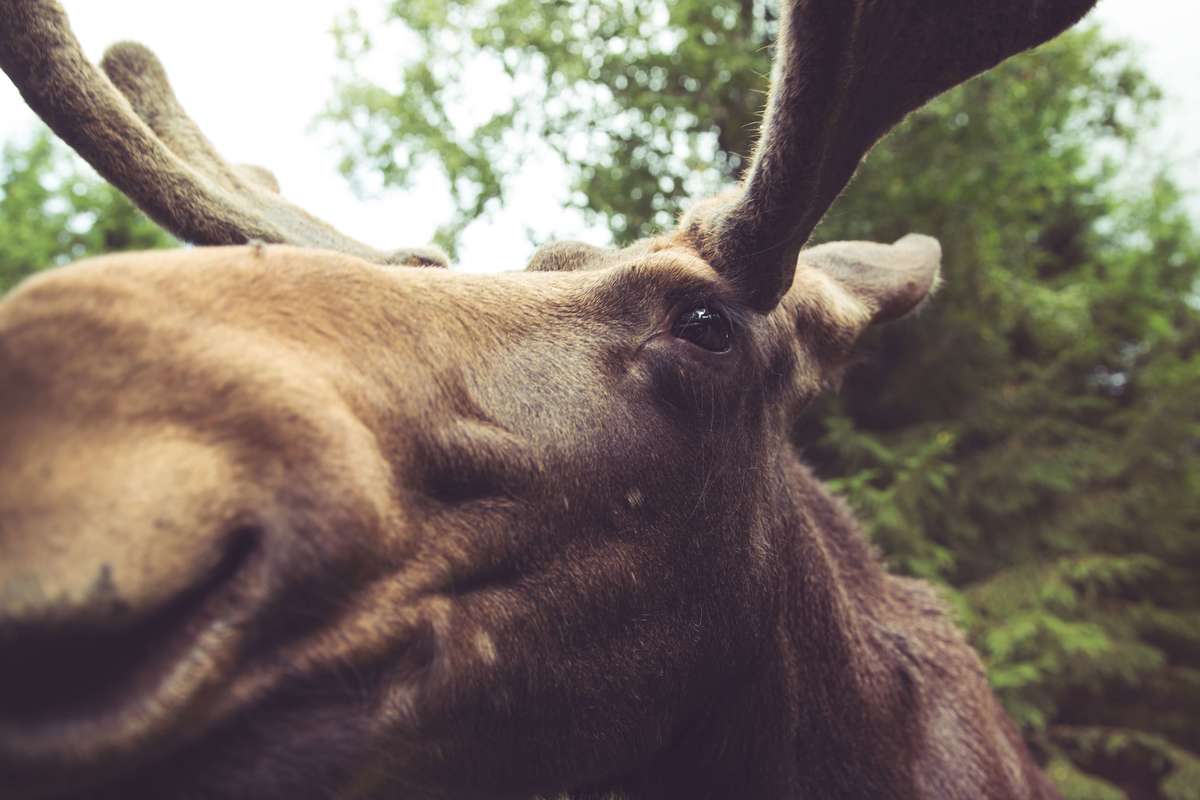
3. Moose
Moose are an iconic symbol of Canada and for good reason. But let's not forget, also an iconic member of the Camp Canada team, Maple The Moose!
With an estimated population of around 1 million, these impressive animals can be found in all provinces except Prince Edward Island. Their large size and impressive antlers make them a truly majestic sight.
Moose belong to the deer family, but unlike their smaller cousins, they have some unique terms for males and females. Male moose are called bulls, while females are known as cows. And of course, the adorable young are called calves.
One surprising fact about moose is their swimming ability. Newborn calves can take to the water just a few days after birth! Their natural buoyancy and strong legs make them confident swimmers.
4. Wolverine
Canada may not have Hugh Jackman, but it boasts a real-life wolverine! This stocky, powerful animal isn't closely related to wolves, but belongs to the weasel family. Wolverines are elusive creatures, thriving in the vast boreal forests and mountainous regions across Canada. They've even been known to chase away bears to steal their meals!

5. Wolf
Canada boasts one of the world's largest populations of gray wolves, with the vast majority being the subspecies known as the timber wolf which is known to be the largest of the wolves.
A group of wolves are called a pack, which is made up of a mother, a father and their cubs. They exhibit strong pair bonding and usually mate for life, working together to raise their pups and lead the pack.
6. Beavers
The national animal of Canada. Canada's iconic beavers are more than just famous; they're the world's largest living rodent! Once hunted nearly to extinction for their luxurious fur and tasty meat, these remarkable creatures have staged a heartwarming comeback. While they prefer freshwater habitats across Canada, they're not restricted to the far north.
Beavers are known for their impressive dam-building skills. With a flick of their powerful tails, they transform branches, mud, and rocks into intricate structures that alter water flow. These dams create expansive ponds, not just floods, becoming havens for a diverse range of wildlife. And while their dam-building skills are legendary, beavers are also skilled swimmers from birth. Unlike humans who might struggle after a heavy snack!

7. Beluga Whale
Beluga whales are very social sea animals, and can normally be spotted in the waters of Hudson's Bay in the Canadian summer. There are extremely vocal animals, and are commonly known as 'sea canaries'.
Fun fact: beluga whales are able to change the shape of their foreheads by blowing air around their sinuses.
If you find yourself in Churchill, Manitoba after camp, you can even try snorkeling with these singing wonders.
8. Grizzly Bear
These powerful bears are a symbol of Canadian wilderness. Their Latin name, Ursus arctos horribilis, translates to "horrible bear," hinting at their solitary nature. It's always best to admire them from a safe distance.
Canada is home to roughly 25,000 grizzly bears, with more than half of them living in British Columbia.

9. Bighorn Sheep
Don't let their name fool you - bighorn sheep aren't just sheep with impressive headgear. These sure-footed adventurers are the ultimate mountain climbers of the Canadian Rockies. With horns that can weigh up to 30 pounds, they navigate cliffs and rocky slopes with agility, leaving predators in the dust.
But bighorn sheep are more than just skilled climbers. They're also resourceful herbivores, thriving on a diet of grasses, sedges, and other mountain plants. And here's a cool fact: those impressive horns aren't just for show. By counting the growth rings on a ram's horns (from a safe distance, of course!), you can actually estimate their age.
10. Polar Bear
Topping the list for many is the polar bear. Nicknamed the "Lords of the Arctic," these predators reign supreme in Churchill, Manitoba. Located on the shores of Hudson Bay, is famously known as the Polar Bear Capital of the World. Here, you can witness these creatures in their natural habitat during the fall migration season.

11. Monarch Butterfly
From late August to Mid October, millions of monarch butterflies embark on an epic migration during the fall, traveling thousands of kilometers from southern Canada and the United States to Mexico. Witnessing these vibrant orange and black wings fluttering en masse is a breathtaking. Point Pelee National Park in Ontario is a prime spot to see them.
12. Atlantic Puffin
Clowns of the sea, Atlantic puffins with their brightly colored beaks add a touch of whimsy to the Canadian coasts. Visit puffin colonies in Newfoundland and Labrador, Nova Scotia, or Prince Edward Island to see these charismatic birds nesting in the cliffs.
13. Canada Goose
The Canada goose, with its bold honk and impressive wingspan, is a for sure sign of the Canadian wilderness. These adaptable birds grace wetlands, lakes, and even urban parks across Canada. But the Canada goose is more than just a honker. In Indigenous cultures, they're seen as messengers and symbols of family bonds due to their lifelong partnerships and fierce protection of their young. So keep an eye (and ear) out!
Canada is home to range of iconic animals. These animals contribute to the beauty and wildlife of Canada, making it a must-visit destination for nature enthusiasts.
Working at a summer camp in Canada is an amazing opportunity to get up close to nature and experience the country's diverse wildlife. Whether you're hiking through a national park, exploring the boreal forests after camp, or kayaking on a lake at camp, you might just spot some of the iconic animals you learned about here.
